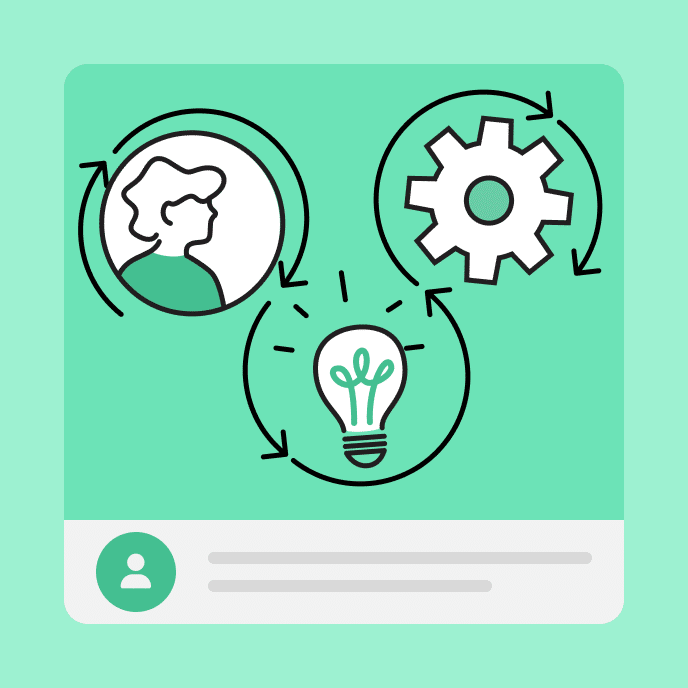Practical E-Learning Assessments That Measure True Workplace Abilities
Learn how to design e-learning assessments that test real understanding through decision-making and problem-solving, moving beyond simple knowledge checks.

Traditional multiple-choice questions often test memory rather than true understanding and application. By creating scenarios that require learners to make decisions and solve realistic problems, you can build assessments that actually measure their ability to use information in real workplace situations.
The problem with passive learning
Many e-learning courses follow a predictable pattern: present information, ask a few basic questions, and call it done. But here’s the thing – just because learners can pick the right answer doesn’t mean they can apply the information in real situations.
Creating active learning experiences
Instead of just testing memory, create scenarios where learners need to:
- Make meaningful decisions
- Solve realistic problems
- Apply information in context
- Deal with the consequences of their choices
Blending information and application
Here’s a practical approach to making this work:
- Present core information clearly and concisely
- Show examples of how to apply it
- Create scenarios that let learners practice using it
- Provide feedback that helps them understand their decisions
Building better assessments
Instead of asking “What is the first step in the safety protocol?” try creating situations like:
“You walk into the break room and notice smoke coming from the microwave. Based on the safety protocols we covered, what actions would you take first, and why?”
This approach:
- Tests real understanding
- Requires actual decision-making
- Shows you whether learners can apply the information
- Creates opportunities for meaningful feedback
Making feedback count
When learners make decisions in your scenarios, give them feedback that:
- Explains why their choice worked (or didn’t)
- Points out things they might have missed
- Connects their decisions to real-world consequences
- Guides them toward better choices next time
Tips for putting it into practice
You don’t need to create complex branching scenarios for every topic. Start small:
- Take one key concept
- Create a simple situation where learners need to apply it
- Give them 2-3 realistic choices
- Provide meaningful feedback for each choice
Remember, the goal isn’t to trick learners or make things unnecessarily complex. Effective e-learning assessment goes beyond testing memory to evaluate how well learners can apply information in realistic situations. By creating opportunities for meaningful decision-making and providing contextual feedback, you help learners develop and demonstrate real workplace skills.
You may also like

What is Sociocultural Theory?
Discover sociocultural theory, explore its core principles, and learn why Vygotsky’s methods became critical to learner success in the classroom and the workplace.

